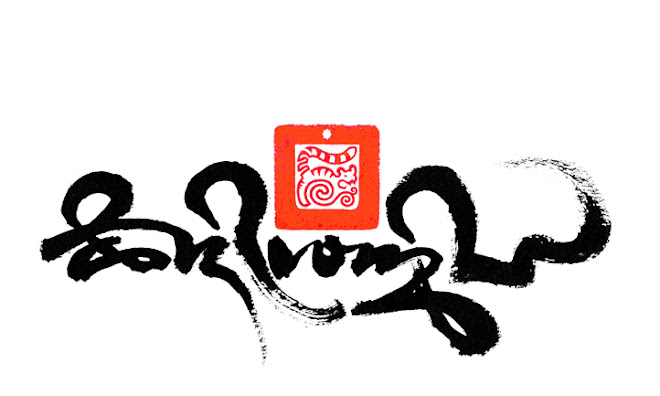
"Namo Guru Benza dhara Ye"
"Homage to my teacher the bearer of reality"

His Eminence Tai Situ Rinpoche amused with Tashi, Samye Ling temple 1995
ACKNOWLEDGMENT
to my teachers:
Also my teacher in Lanza and Wartu Sanskrit scripts, Lama Pema Lodrup of Dharamsala.
Not forgetting some of my other teachers such as, Thrungu Rinpoche, Lama lodro of Palpung and the late Lama Thubten of Palpung and Nyingma Lama Pema.

Tashi Mannox happily sandwiched between Sherab Palden Beru and Akong Tulku Rinpoche, London Samye Dzong 2008.
Tashi with Lama Pema Lodrup in 2000, at his home with beautiful garden, at the Men-Tsee-Khang, Khara Danda road, Dharamsala, India.
Palpung Lama Lodro and Tashi at Karma Naro in the Welsh borders 1987.
Tenga Rinpoche leading a course on 'Vajrayana ritual/mandalas' in the old shrine room of Samye Ling Johnstone house 1986.
Palpung Lama Lodro and Tashi at Karma Naro in the Welsh borders 1987.
Tenga Rinpoche leading a course on 'Vajrayana ritual/mandalas' in the old shrine room of Samye Ling Johnstone house 1986.


















